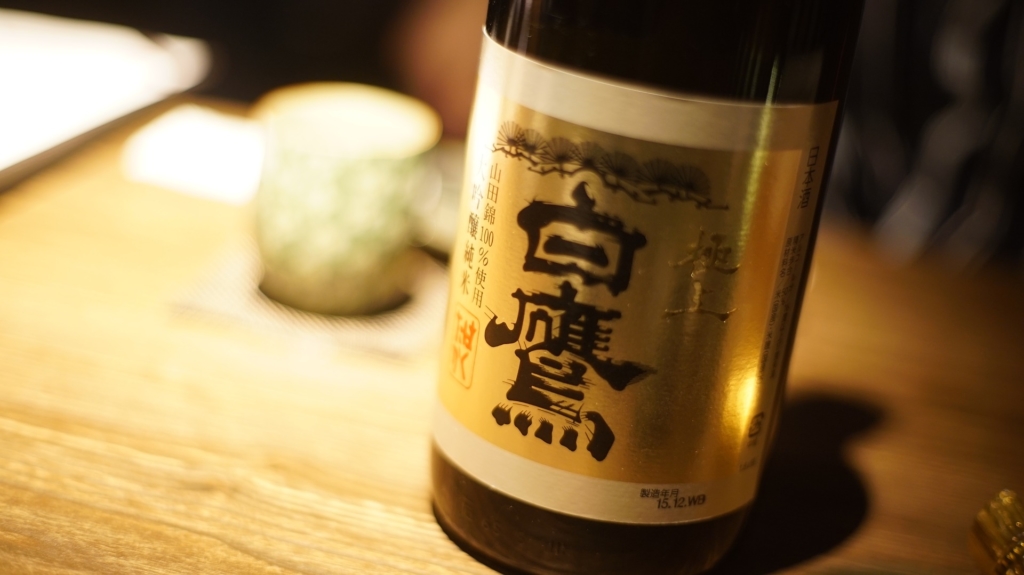Sake is often described as rice wine or rice beer, but Japan’s national drink belongs to a category of its own. Unlike beer, which is made with malted barley, sake relies on the microbial magic of koji, the enzymatic catalyst that breaks the starch molecules in rice into sugars that can be converted into alcohol by yeast. Gluten- and sulfite-free, it’s vegan-friendly and versatile enough to pair with an astonishing range of cuisines and flavors.
Sake can be served frozen like a slushy, chilled like white wine, or even piping hot. Sake contains higher levels of amino acids than any other alcoholic beverage, making it a match for umami-rich foods such as cheese and pickles, cured meats and seafood, and, of course, most Japanese foods. The brew’s textural range is another strength: Try sipping a luxuriously smooth sake with raw oysters, and you may never go back to champagne.

The drink’s history dates back more than 1,000 years, but in terms of quality and variety, there’s never been a better time for sake fans. Although the number of breweries has declined over the years—from 30,000 in the late 1800s to around 1,500 today—the new generation of producers are keeping traditions alive while experimenting with exciting new styles. If you’re new to the brew, it helps to get a handle on the basic grades of premium sake. Grades are determined by ingredients and how much the rice used for brewing has been polished to remove the outer layers of the grain, which can contribute to off flavors.
Junmai-shu, which literally translates as “pure rice sake,” is made with only rice, koji, and water—without the addition of distilled alcohol. It’s commonly robust and juicy, great with meats and fish. Try Taka Tokubetsu Junmai from Nagayama Shuzo in Yamagata Prefecture, a lively brew with racy acidity and a mineral edge from the region’s limestone mountains.

Honjozo is made with rice polished to a ratio of 70 percent, which means that the outer 30 percent is milled away. A limited amount of distilled brewer’s alcohol is added to create a lighter texture—not to increase yield. Classic honjozo is dry and can be extremely enjoyable warm. International Wine Challenge 2020 Trophy winner Miyama Tengori from Kyoto Prefecture is a complex and savory honjozo that opens up with a little heat.
Ginjo sake is made with rice polished to at least 60 percent. It’s refined, with fruity and floral notes in the nose and on the palate. Brewer’s alcohol is added to ginjo at the end of the brewing process, to bring out aromas and flavors, but junmai-ginjo doesn’t contain added alcohol. Dewazakura Oka Ginjo from Yamagata Prefecture is the definitive example of the style, from the brewery that propelled the trend for super-premium sake.Daiginjo is the highest grade of sake (and often the priciest). The rice used must have a minimum polishing ratio of 50 percent. These elegant brews are typically aromatic and fruity, best served chilled as an aperitif or with delicate dishes. “Pure rice” junmai-daiginjo tends to be fuller-bodied than its non-junmai counterpart. Isojiman Junmai Daiginjo 50 from Shizuoka Prefecture is a fine example of the style—sumptuous and fragrant, slightly sweet but balanced.



